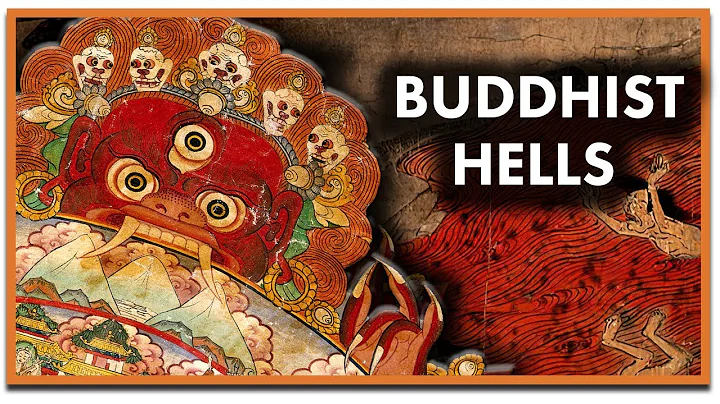In 631 AD, the great monk Xuanzang traveled west to seek the Dharma to India, preaching the doctrine of Mahayana Buddhism, and gained the reputation and attracted the attention of the ruler of the northern Indian ruler Jie Ri Wang . King Jieri met with Xuanzang many times and yearned for the culture of the Tang Dynasty. He immediately formed an envoy to visit the Tang Dynasty.
643, Wang Xuance, who was then the magistrate of Huangshui County, Rongzhou, Lingnan Road, was ordered to serve as deputy envoy and follow the envoy of the escort Li Yibiao to escort the envoy of the Jieji Empire back to his country. They arrived at their destination in December of the same year after Tubo and Nibharat, and were warmly welcomed. The delegation traveled for a long time in the various feudal countries under the rule of the Jie Japanese Empire, understanding the customs and customs, and visiting famous places and historical sites. In 645, the delegation set off for the country after erecting a monument at the Mahabodhi Temple in Buddhist holy land .

The first visit has had a huge impact in northern India, and various feudal countries have sent envoys to pay tribute. Tang Dynasty In order to send the envoys from various countries and obtain the Indian sugar-making law, Wang Xuance was sent as the chief envoy and Jiang Shiren as the deputy envoy to India in 647. Before the mission arrived, King Jieri drowned in the morning bath in the Ganges River, and his minister Aronatun usurped the throne and became king. As a loose alliance country, the Jie Japanese Empire immediately fell into chaos, and the feudal countries successively ruled and independent.
After Wang Xuance and his party entered the Jieji Empire, Aronatun was worried that the conspiracy would be exposed, which would lead to interference from the Tang and Tubo, and sent two thousand troops to attack the mission. Wang Xuance led more than 30 people to fight against the enemy, and was captured with all his might. The enemy took the opportunity to plunder the wealth contributed by the countries.

Wang Xuance and Jiang Shiren seized the opportunity to escape and traveled all the way to western Tubo. Wang Xuance issued a manifesto to recruit troops from the Tubo vassal Nipola and the Western Regions countries, and obtained 7,000 Nipola cavalry and 1,000 Western Regions soldiers. Tubo Zanpu Songtsen Gampo also sent 1,200 Tubo soldiers to help. Wang Xuance and Jiang Shiren led the coalition forces to attack the capitals of Aronatun, Chali and Luo. They fought for three days, and broke through Chali and Luocheng, beheaded 3,000 levels. The enemy was driven into the Ganges River and drowned.
Arona fled, gathered the remaining troops and fought with the coalition forces again. He was captured by Jiang Shiren and killed thousands of people. Aronatun's wife resisted stubbornly in the Qianduowei River and was defeated by Jiang Shiren, capturing 12,000 royal members and 30,000 livestock. India in the north was greatly shocked, and 580 cities and towns surrendered. All countries offered cattle, horses, arms and treasures to reward the army to express their obedience.
In May 648, Wang Xuance sent the captured Aronatun, the royal family, the people, and the cattle and horses to Chang'an to offer prisoners. Emperor Taizong of Tang taught Aronatun a lesson: "The wife's ears, eyes, voices, and smells, and her mouth, nose and smells bad. This is the origin of the destruction of virtue. Brahmin If I don't rob me, would I be more captive than evil?" The complacent feeling was beyond words.

Northern India is too far away for China, and its overall strength is not outstanding. In addition, the civil and military skills of the Tang Dynasty were at its peak at this time, so Wang Xuance's achievements were not valued and were only named Chaosan Doctor by Emperor Taizong of Tang. However, Wang Xuance made two missions, opening up the route from Tibet to India, and promoting friendly exchanges and cultural exchanges between the Tang Dynasty and northern India. On his third mission to India in 657, he also obtained the sugar-making method and brought back sugar-making craftsmen, laying the foundation for China to play an important role in the world sugar culture.







![[English] Who Am I - Lecture 1 - Ven. Guan Cheng - DayDayNews](https://i.ytimg.com/vi/KU0fUs2It5o/hq720.jpg?sqp=-oaymwEcCNAFEJQDSFXyq4qpAw4IARUAAIhCGAFwAcABBg==&rs=AOn4CLDFpQUN_QwRfC7bmP4sUadq-RcYdg)
![A Moving Masterpiece 清明上河图 [English narration] - DayDayNews](https://i.ytimg.com/vi/kxff-4GktOI/hqdefault.jpg?sqp=-oaymwEcCOADEI4CSFXyq4qpAw4IARUAAIhCGAFwAcABBg==&rs=AOn4CLBtHGLeUpJNCYDJYnZTuISQ1N5Vag)


